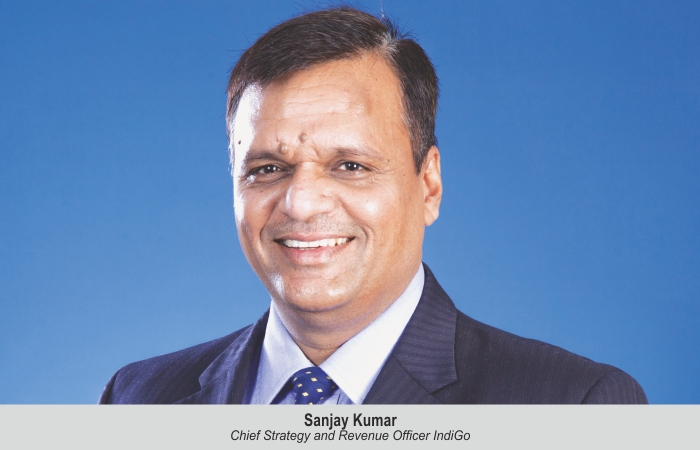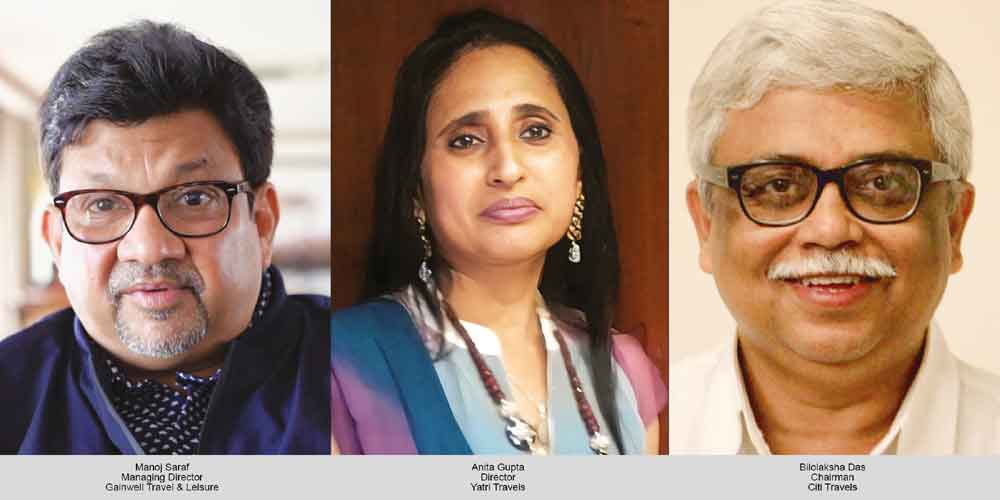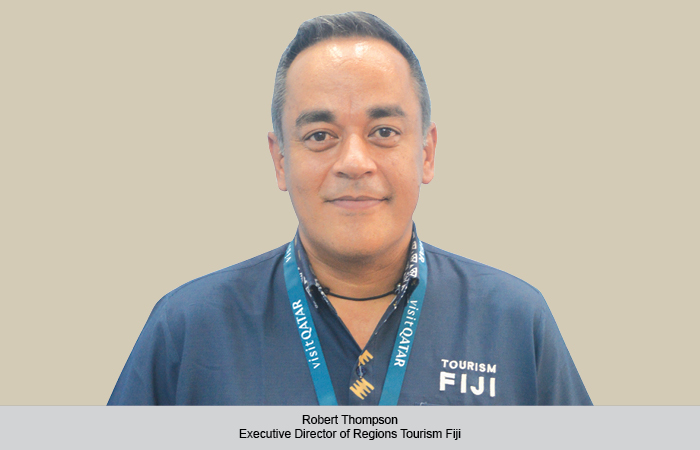Sanjay Kumar, Chief Strategy and Revenue Officer, IndiGo, shares how the market had revived to pre-COVID levels for them domestically before Omicron hit, and why it is in the interest of both the consumers and the airlines to restart international flights as soon as possible.
Nisha Verma
While the last two years have been extremely bad for the aviation industry as a whole, but Sanjay Kumar, Chief Strategy and Revenue Officer, IndiGo, claims that in the last six months, post the second wave, they have seen a reasonable recovery. “In fact, in October-November, 2021, we have seen traffic growing up to almost at the pre-COVID level. Thus, our capacity deployed crossed pre-COVID level in the first week of November and overall capacity is operating at 100 per cent pre-COVID capacity level. Hence, we are bullish as after the second wave, we’ve seen very strong recovery, much faster than what we would have expected. We hope that corporates return to flying. We will see more people taking to air travel,” he adds.
However, he says, the only dampener has been the last few weeks with the new virus threat. “This has put negative sentiments in the marketplace and has affected the business adversely. However, we hope that it will be behind us very soon,” he adds.
Recovery Strategy
The first wave resulted in losses for the aviation industry. Sharing their recovery strategy, Kumar claims, “We believe in the long-term opportunity in the Indian domestic market and also the international marketplace. Hence, all our actions and growth plans are based on those opportunities. We believe that India will become the second-largest domestic travel market in the world. Our entire growth plan is based on that. With the pandemic, we have seen an adverse impact on both our financials and our operating metrics, but I think we will continue to focus in terms of building our business as per our original plan, i.e., growing our business 20–25 per cent year-on-year and expanding our fleet and network accordingly.”
Price dynamics
With international scheduled flights still not starting, the prices are on the higher side. Kumar explains, “This is primarily because of the capacity constraints, which have been in place for the last few months, due to the bubble agreement between two governments and constrained capacity. As we open up more capacity in the market and as we get to pre-COVID level when more capacity is deployed, prices will also cool down on the international side.
“As far as domestic is concerned, I don’t think there is any impact on the pricing. In fact, if anything has to happen on the domestic side of the prices, it has to move up because we personally feel that the cost of operations has moved up significantly post-pandemic. From fuel prices to the dollar becoming extremely expensive against the INR, we had to move the prices.”
Government support
Kumar claims that the Indian aviation industry pays the highest taxes compared to other parts of the world. “I think there have been many efforts being pursued through the Ministry of Civil Aviation. Under the leadership of Jyotiraditya Scindia, we are seeing some impact through VAT rationalisation by a few state governments. I think if only one or two things are addressed accordingly to bring down the taxes on ATF and other direct taxes, it will help the industry in a big way.”
International flights
Giving the airline perspective on restarting international scheduled operations, Kumar says, “Just like the trade, we also think that it’s better that the capacity should be opened to the pre-COVID level.”
 TravTalk India Online Magazine
TravTalk India Online Magazine





